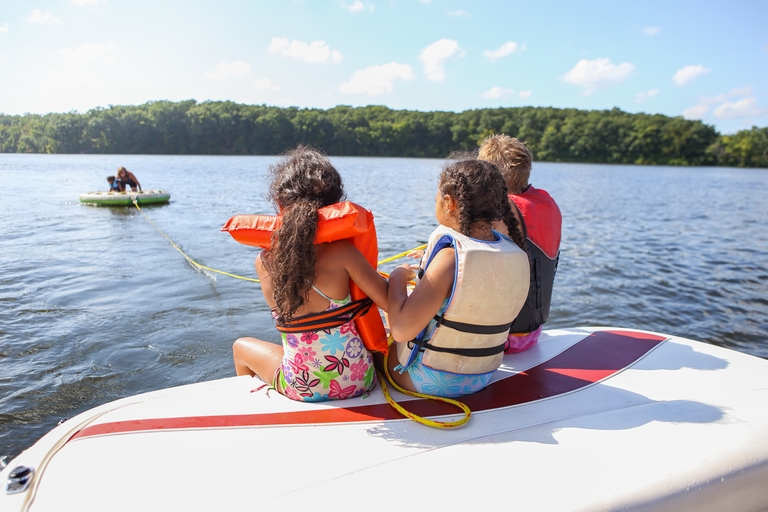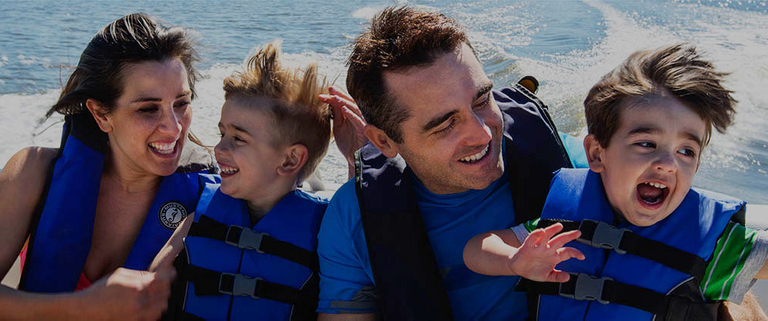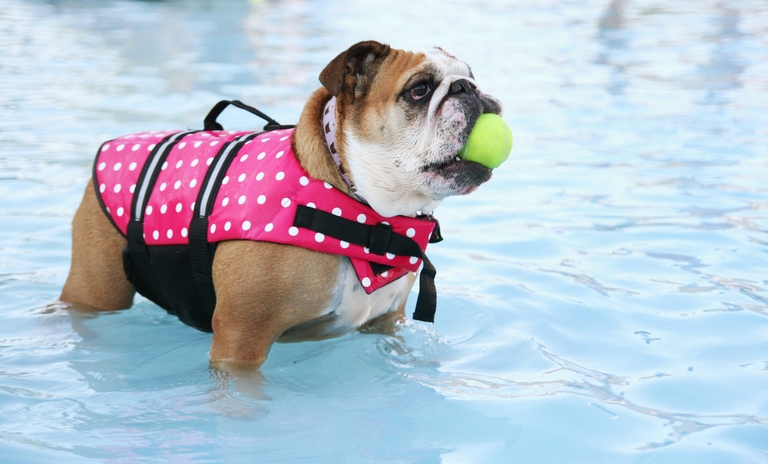How to Catch Walleye: Best Tips for 2024
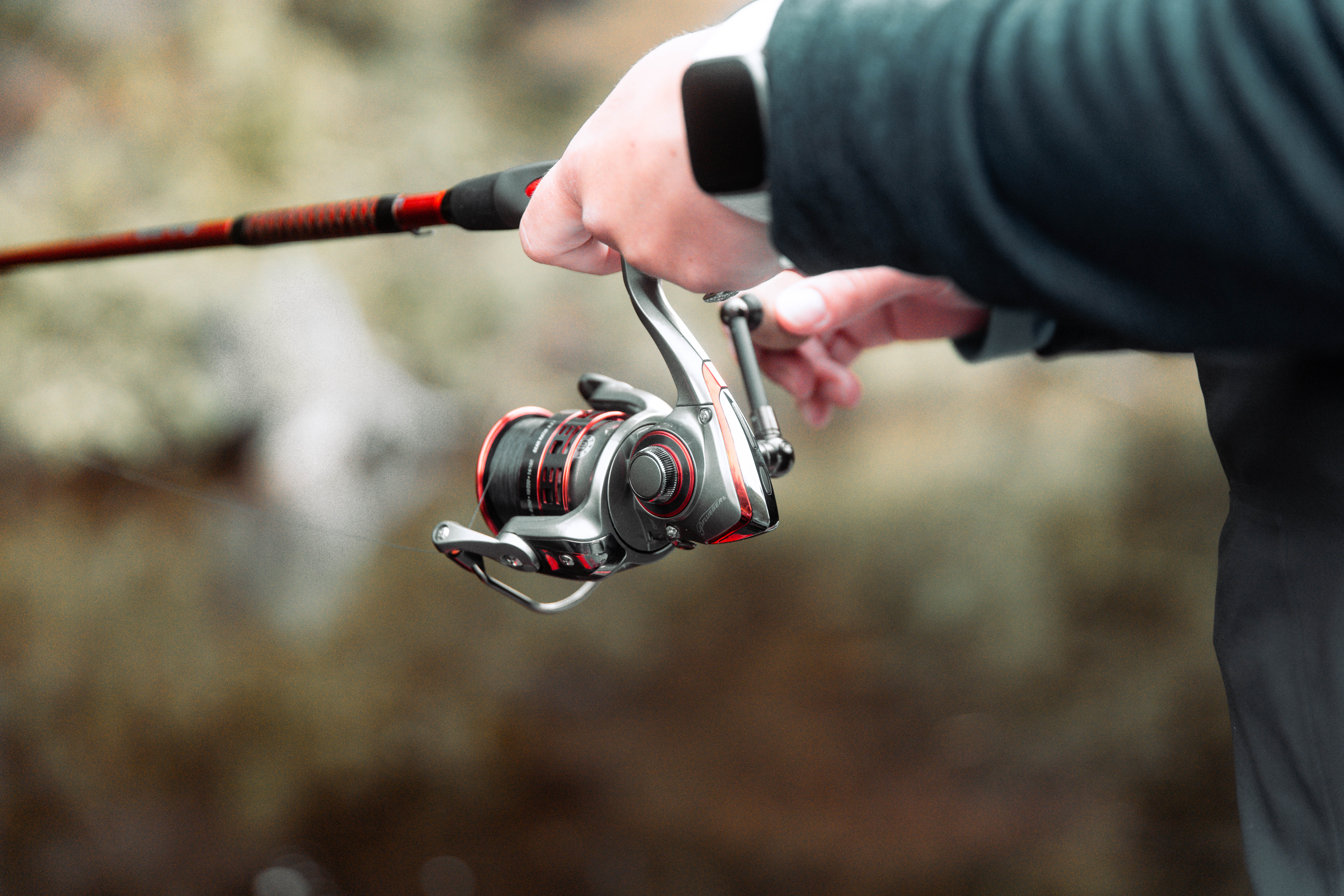
Walleye fishing is both exciting and rewarding, but increasing your catch rates means understanding these elusive fish and the nuances of their behavior.
Everything from seasonal movements to the right lure matters, and when you blend skill and patience with a little bit of science, you can catch more fish and have more fun doing it. Here's what you need to know to catch walleye in 2024.
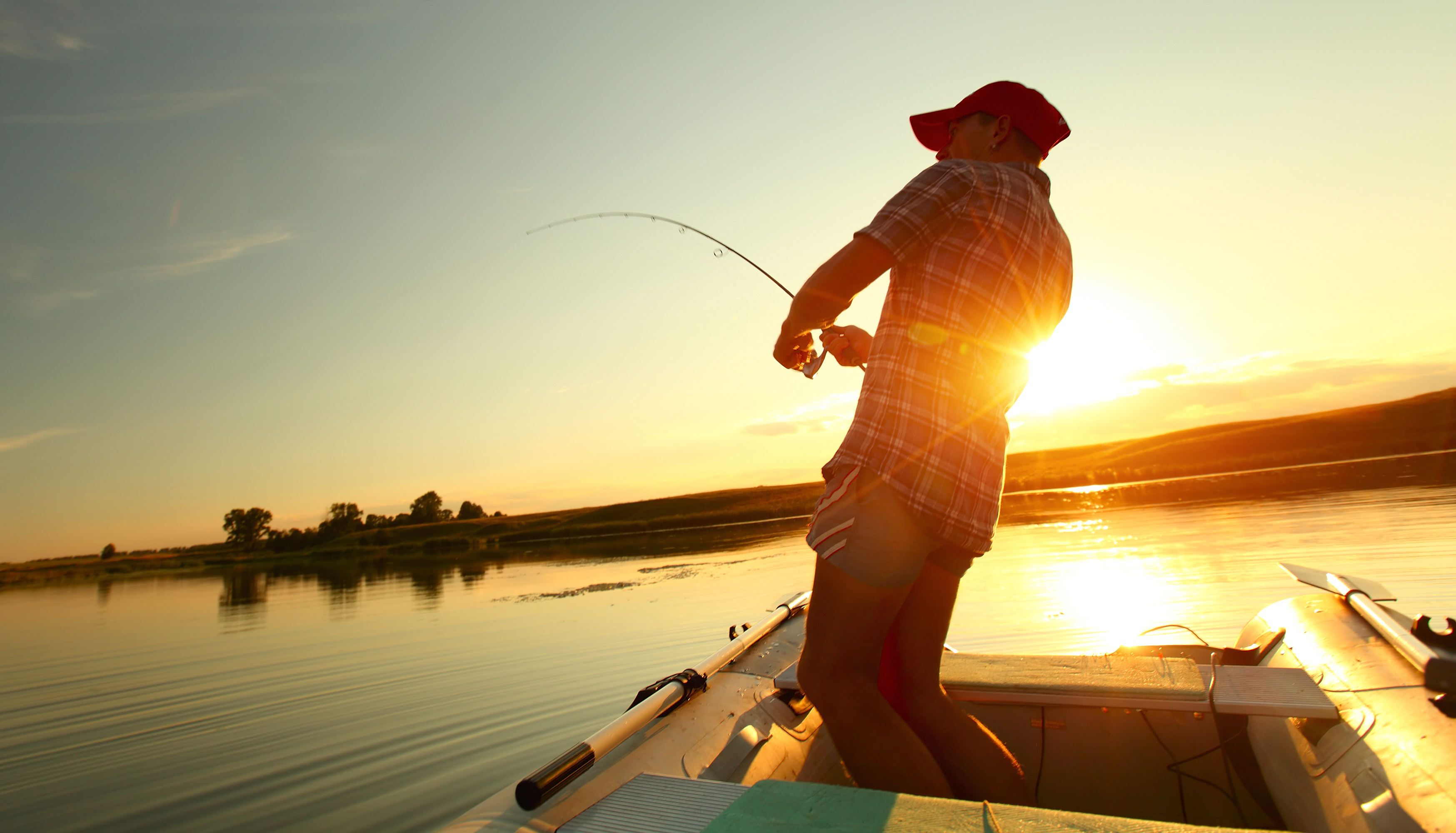
Understanding Walleye Behavior
These fish have distinct behaviors that follow seasons and weather conditions.
In spring, they move into shallow waters for spawning, which makes them easier to find near river mouths and gravel beds. The warm days of summer mean they retreat to deeper, cooler waters during the day and are more active around dawn and dusk.
As fall approaches, they often return to shallower water and feed aggressively to prepare for winter, when they generally slow down and stay in deep basin areas. Understanding these patterns lets you anticipate their movements and strategically plan fishing trips.
Weather conditions also play a role, as these fish are more active on overcast days. During bright, sunny days, they're more likely to move into deeper waters, making them harder to find and catch.
Seasonal Strategies for Catching Walleye
One of the best ways to catch these great fish is to focus on a different strategy for each season. That can help you maximize your ability to catch them based on their everyday activities.
In the spring, focus on fishing in shallow and mid-depth areas where these fish are more likely to spawn. Also, smaller jigs and minnows can be used to mimic their natural prey.
For summer fishing, choose weighted lines and deep-diving crankbaits to reach fish during the day. Early morning and late evening are prime times to find them in shallower waters.
Fall is a great time to catch these fish. They're active and feed closer to the water's surface, so trolling with crankbaits or using larger live baits can be very effective.
If you're interested in ice fishing, you can still catch these fish during winter. You'll want to use tip-ups baited with live minnows or jigging with spoons in deep water areas.
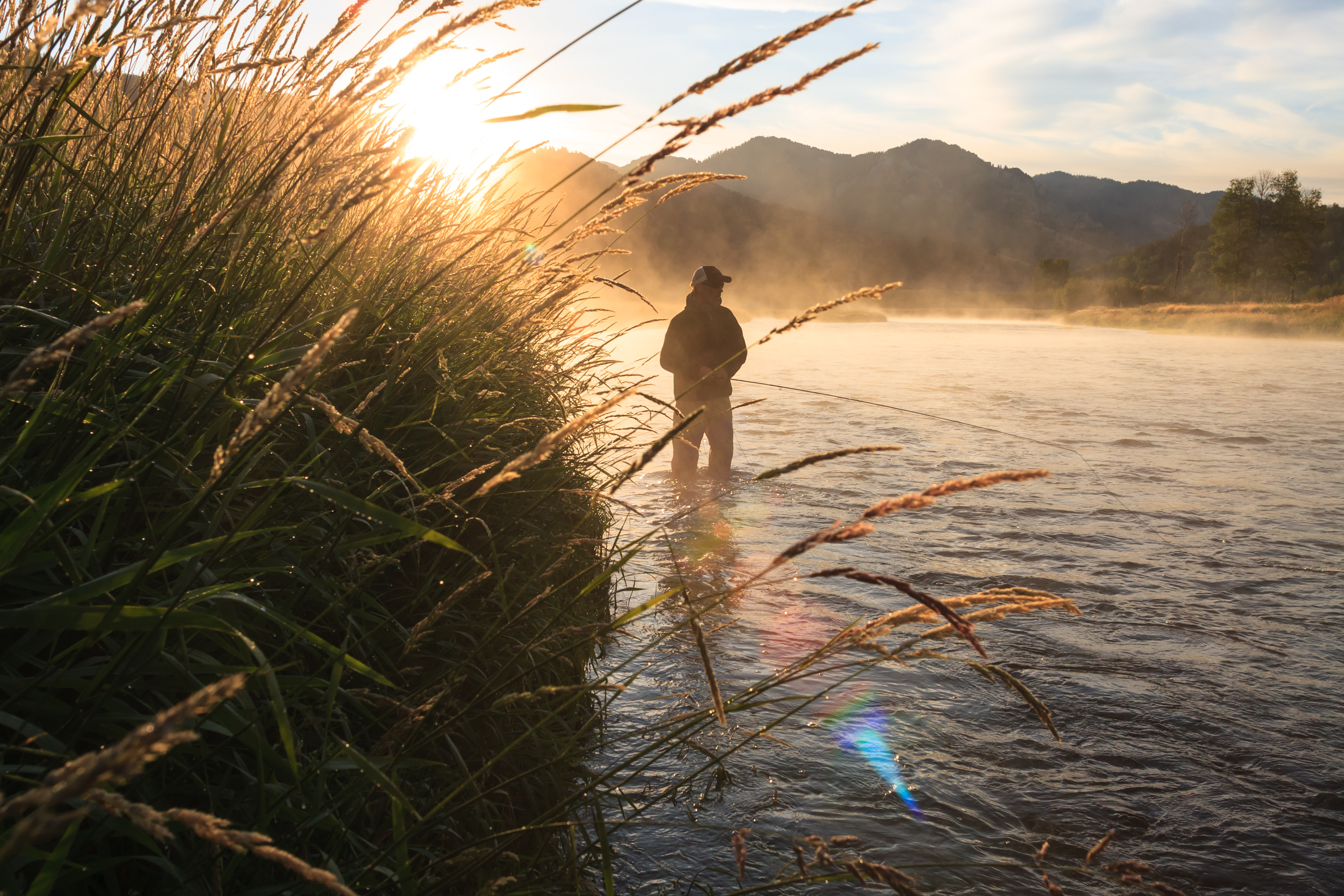
Find the Best Fishing Spot
Finding these fish means looking for them in areas with a lot of structure. Consider weed beds, drop-offs, and rocky points where they like to hang around. Also, search deep waters during the summer since fish seek cooler places as the water's surface temperature warms.
You can fish for walleye in transitional zones during the spring and fall, where shallow and deep water areas meet. Fish like these areas, and when you couple this knowledge with GPS and fish-finding technology, you can increase your chances of catching fish successfully.
Techniques and Tactics
There are several great ways to catch these fish, and choosing the right options can make your angling adventures more enjoyable and satisfying.
Live Bait Rigs
These are ideal for spring and fall when you find fish in shallower waters. A simple slip sinker rig with a live minnow or leech can be highly effective.
Trolling
Using crankbaits or spinner rigs while slowly moving your boat is a good strategy for covering larger areas, especially in summer. Make sure you understand how to fish safely from a boat before trying this technique!
Jigging
Jigging is one of the most effective year-round techniques, especially in deeper waters. To mimic prey behavior, choose jigs tipped with a minnow or soft plastic.
Casting Soft Plastics
Casting with soft plastics that imitate small fish or worms in shallower areas can give you good results, especially during active feeding times such as dawn and dusk.
Lure Selection Makes a Big Difference
It is very important to choose the best lure for your needs.
Look for reflective, bright crankbaits, soft plastics with natural colors, and jigs tipped with live bait. Because size and action are critical, you want smaller lures in the spring and larger options in the fall. These lures help match feeding habits.
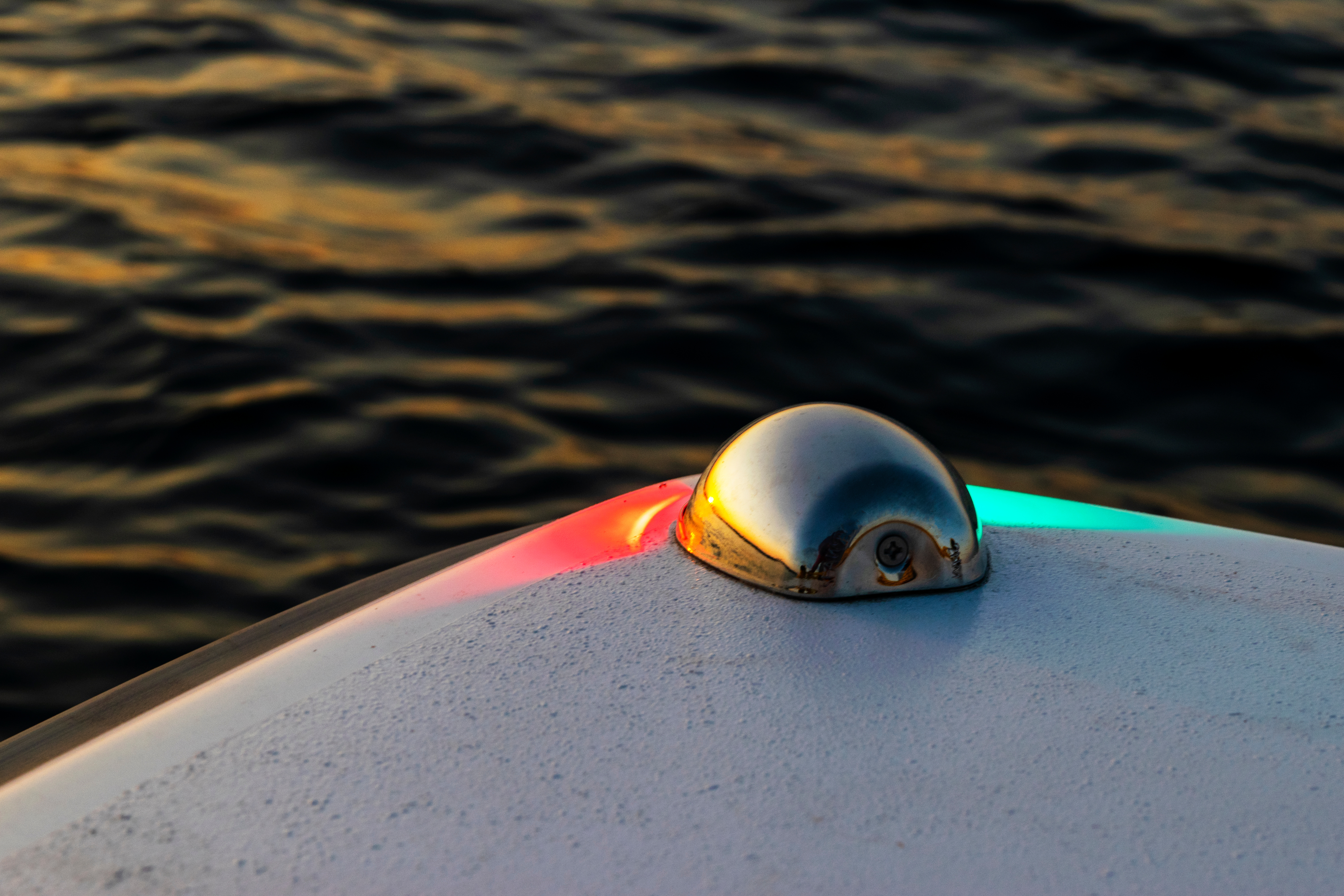
Try Night Fishing
Walleye are naturally nocturnal, so fishing at night is often a productive method for catching them.
When you fish at night, choose lures that emit light or vibration to attract attention. If you're fishing in murky water conditions or at night, you can also select glow-in-the-dark lures. Many of these are very effective for all types of low-light conditions.
Fishing near lighted docks or structures can also increase your chances of catching fish, as these areas attract small fish and, in turn, larger fish that prey on them.
Remember to navigate and fish responsibly in the dark, using proper lighting and safety gear to protect yourself and others around you.
Stay Safe on Your Boat While Fishing
Anytime you pursue fish, you also want to ensure you stay safe. Your boat needs safety gear, including a first aid kit, life vests, and emergency communication options.
Also, check the weather before heading out, and avoid fishing alone at night.
Get Safety Certified Before Your Next Walleye Fishing Trip
Fishing is full of rewards and challenges, and one of those challenges is staying safe while having fun. Getting safety certified through Boat-Ed can boost your confidence and give you a better experience on your next walleye fishing adventure.
Our online state-approved boating education courses help anglers enjoy more safe fishing trips on the water. You'll learn about the safety equipment your boat needs, the type of lifejacket you should wear while fishing, and what to do if someone falls overboard while reeling in a big fish.
Have a safe and fun year when fishing for walleye! Find the course for your state and start learning about boat safety.

